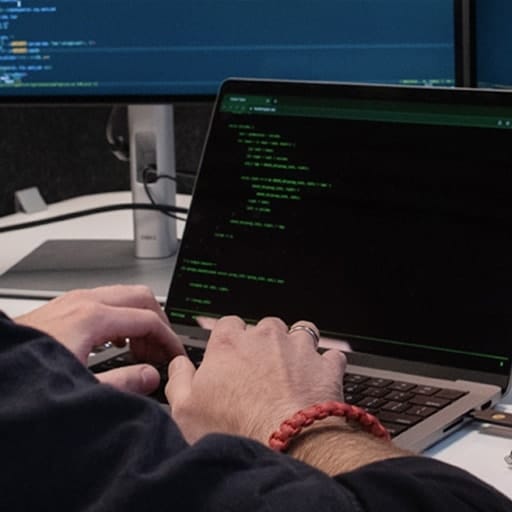Australia’s energy industry, a critical foundation of the country’s economy, is facing an increasing and potentially costly challenge: ransomware attacks.
These cyber assaults, where malicious software encrypts critical data and holds it hostage until a ransom is paid, are becoming an increasingly common occurrence, disrupting everything from energy generation to transmission networks and billing systems.
The energy sector is a prime target for cybercriminals due to the large volume of data that it collects. This can be anything from customer identity and addresses to credit cards and bank account numbers. Such data is highly valuable on the black market.
Additionally, many energy providers often have complex IT systems with legacy infrastructure, making them more vulnerable to attack.
Recent Attacks Highlight the Problem
The past few years have seen a rise in high-profile ransomware attacks against Australian energy providers.
Back in February 2023, major energy retailer Icon Energy fell victim to a sophisticated ransomware attack. The attack encrypted critical systems, disrupted customer service operations, and caused delays in meter readings.
Later in the same year, Central Queensland Renewable Energy also suffered a ransomware attack. Details are still unclear however it goes to show that cybercriminals certainly have the energy sector squarely in their sights.
The Causes of Vulnerability
There are a range of factors that contribute to the heightened vulnerability of Australian energy companies. Firstly, the sector continues to experience rapid digital transformation, with increased reliance on IT systems to manage both infrastructure and customers. This is creating a larger attack surface for cybercriminals to exploit.
Secondly, many energy companies have limited cybersecurity budgets and expertise. Many firms tend to maintain equipment and marketing activities over IT security investments. This leaves them with outdated systems and inadequate security protocols.
Thirdly, the COVID-19 pandemic exacerbated the problem. With increased reliance on remote work and online commerce, the potential entry points for attacks grew. Additionally, the urgency of the pandemic may have led to relaxed security protocols in some organisations.
Boosting Defences
Fortunately, steps can be taken to mitigate the risk of ransomware attacks. Some of the key preventative measures include:
- Implementing a strong cybersecurity stack:
A cybersecurity stack comprises many tools and processes that are put in place to strengthen the security of the organisation. After understanding the risks energy companies face, a stack targeted to reduce that risk to the lowest would be a priority for CISOs. One of the critical tools should be the Security Information and Event Management (SIEM), which help identify security incidents, offer real-time monitoring, correlation, and alerting capabilities by collecting and analysing security logs from multiple systems and applications. - Fostering a culture of security awareness:
Company staff need to be aware of the ever-present cyber threat. Regular training on phishing scams, social engineering tactics, and safe credential practices can significantly reduce the risk of human error leading to an attack. - Enforcing strong password policies:
Implementing complex passwords and enforcing regular password changes are essential in preventing unauthorised access to systems. Multi-factor authentication (MFA) adds another layer of security. - Patching systems regularly:
Software vulnerabilities often provide a gateway for attackers. Implementing a rigorous system of identifying and patching vulnerabilities promptly helps to keep these entry points closed. - Conducting regular data backups:
Having a robust data backup system allows for swift recovery in case of a ransomware attack. Backups should be stored securely and disconnected from the main network to prevent them from being encrypted.
Collaboration Is Essential
The fight against cybercrime requires a multi-pronged approach. Energy companies need to work collaboratively with cybersecurity experts to share best practices and develop robust defence strategies. Open communication and information sharing is crucial in identifying emerging threats and co-ordinating responses.
As the energy sector continues to embrace technology, cybersecurity needs to be prioritised. This requires investment in secure infrastructure, training programs, and skilled IT personnel.
By taking a proactive approach, energy companies can build a more resilient IT infrastructure and ensure the continued operation of the sector in the face of evolving cyber threats. The result will be happy customers and stronger national economic growth.




